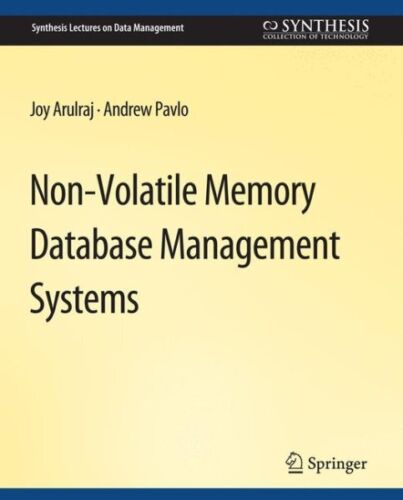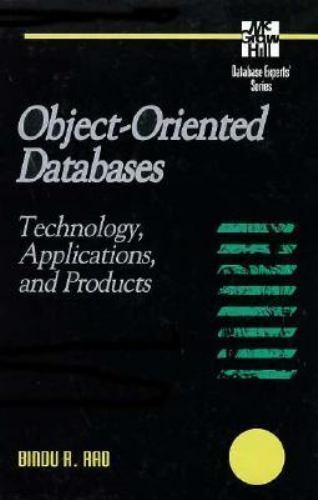Data centers are the backbone of modern businesses, housing critical infrastructure and data that are essential for daily operations. Within these data centers, databases play a vital role in storing, organizing, and retrieving vast amounts of information. However, like any other system, databases require regular maintenance to ensure peak performance and reliability.
Database maintenance involves a series of tasks and processes aimed at optimizing the performance, security, and reliability of the database. Neglecting database maintenance can lead to data corruption, system failures, and security breaches. To prevent such issues, here are some tips for ensuring peak performance of your data center databases:
Regular Backup and Recovery: Regularly backing up your database is crucial for protecting your data in case of system failures or cyber attacks. Implement automated backup processes and test your recovery procedures to ensure that your data can be restored quickly and efficiently.
Monitor Performance Metrics: Monitoring key performance metrics such as CPU usage, memory utilization, disk I/O, and query response times can help you identify performance bottlenecks and address them proactively. Use monitoring tools to track these metrics and set up alerts for any anomalies.
Optimize Database Indexing: Indexes are crucial for optimizing query performance in databases. Regularly review and optimize your database indexes to ensure that queries are executed efficiently. Remove redundant indexes and update statistics to improve query performance.
Update Software and Patches: Regularly update your database management system (DBMS) software and apply patches to address security vulnerabilities and performance issues. Stay current with the latest software updates to ensure that your database is secure and performs optimally.
Clean Up Unused Data: Over time, databases can accumulate unused or outdated data, leading to bloated databases and slower performance. Regularly clean up unused data, archive historical data, and optimize data storage to improve database performance.
Implement Security Best Practices: Data security is paramount in data centers, especially when dealing with sensitive information. Implement security best practices such as encryption, access controls, and monitoring to protect your data from unauthorized access and cyber threats.
Regularly Review and Optimize Queries: Poorly optimized queries can impact database performance and slow down operations. Regularly review and optimize queries to improve performance and ensure efficient data retrieval.
By following these tips for database maintenance, you can ensure peak performance and reliability of your data center databases. Regular maintenance and monitoring are essential for preventing issues and ensuring that your databases operate smoothly and efficiently. Invest time and resources in maintaining your databases to protect your data and maintain business continuity.










![1Z0-060 – [ORACLE PRESS] OCP Upgrade To Oracle Database 12c Course For Exam 1Z0-060](https://ziontechgroup.com/wp-content/uploads/2024/12/51eqV1SU4yL._AC_.jpg)


![1Z0-061-062-063 – [ORACLE PRESS] All-In-One Course For The OCA/OCP Oracle DatabaSE 12c exams: 1Z0-061, 1Z0-062, 1Z0-063](https://ziontechgroup.com/wp-content/uploads/2024/12/51AIqN5vjML._AC_.jpg)
